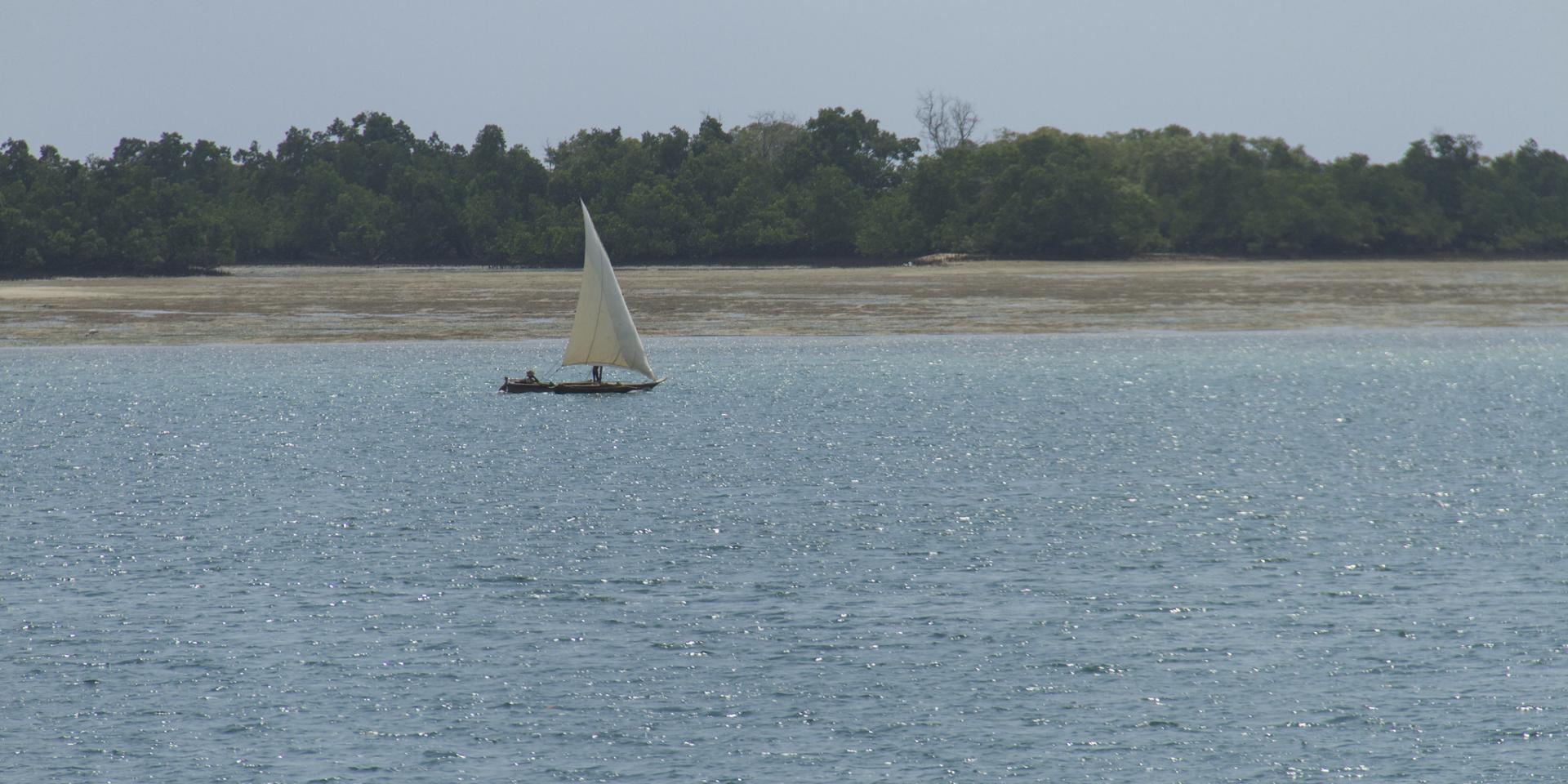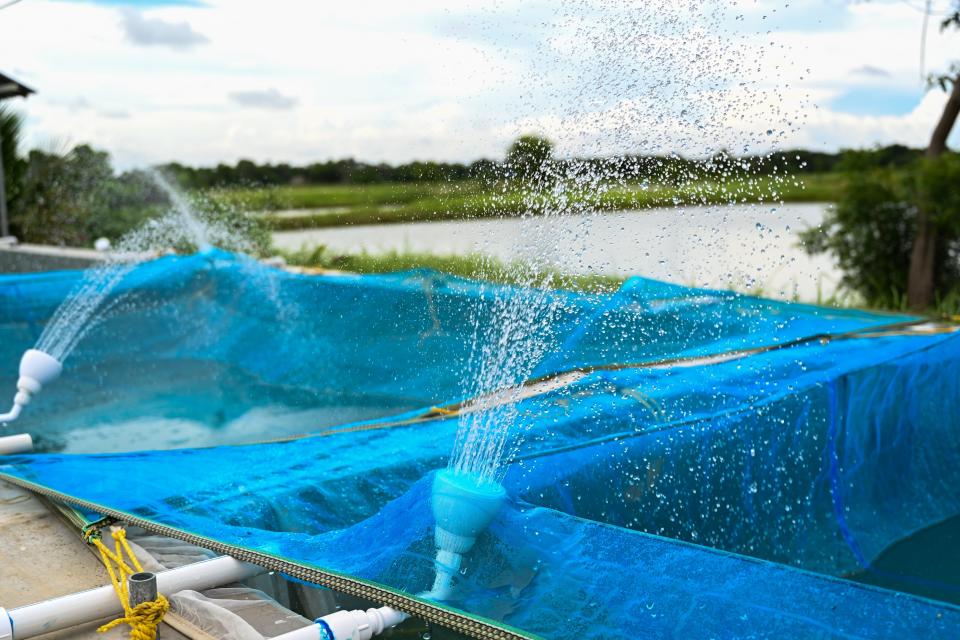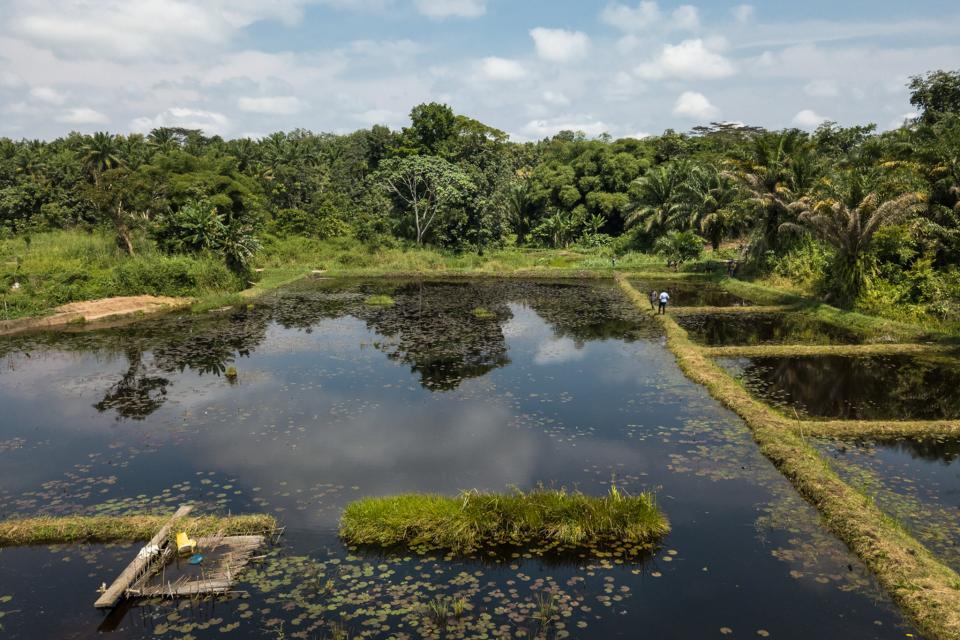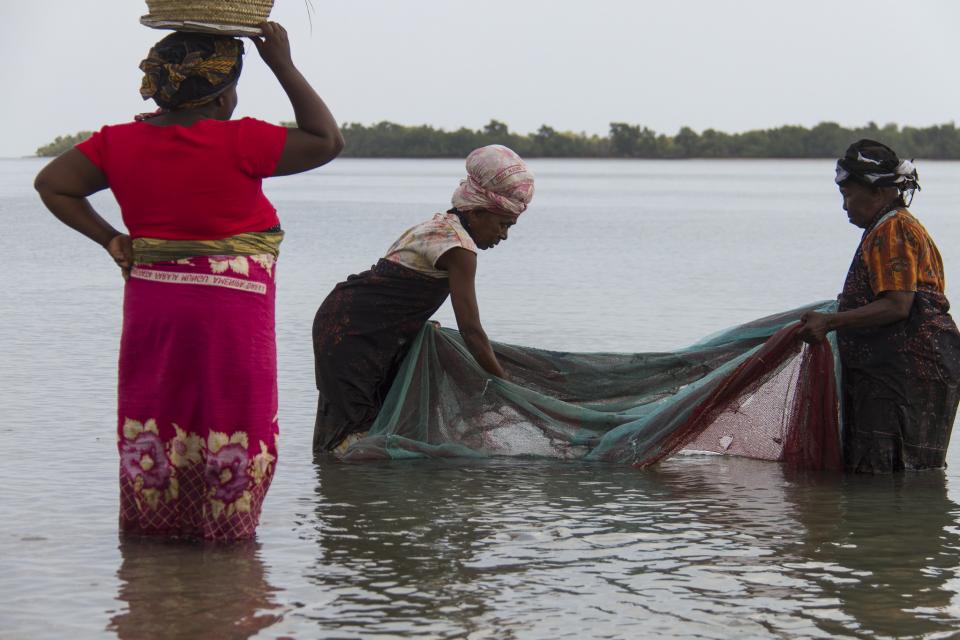Unlocking opportunities for climate action toward net zero requires a blue transition
 Photo: Samuel Stacey/WorldFish
Photo: Samuel Stacey/WorldFish
The world's largest ecosystem, aquatic food systems, which include freshwater, coastal and marine ecosystems, are directly advancing the 2030 UN Sustainable Development Goals, particularly those related to eradicating poverty, achieving food security, improving nutrition, empowering women and promoting economic growth.
These goals are achieved by producing safe and nutritious aquatic foods for the marginalized and most vulnerable communities, as well as indirectly encouraging social and economic inclusion.
More than 800 million people around the world depend on fisheries and aquaculture for their livelihoods while over 3.3 billion people get 20 percent of their animal protein intake from aquatic foods. Women make up half of the primary and secondary sectors’ workforce for aquatic food systems.
More importantly, aquatic food systems act as a catalyst to moderate climate change by absorbing greenhouse gas (GHG) emissions. Oceans house 80 percent of all life on earth and absorb one-fourth of global annual carbon dioxide emissions while providing half of the world’s oxygen. In addition, aquatic food systems have the lowest carbon footprint among agri-food systems – global aquaculture accounts for less than half a percent of anthropogenic GHG emissions.


